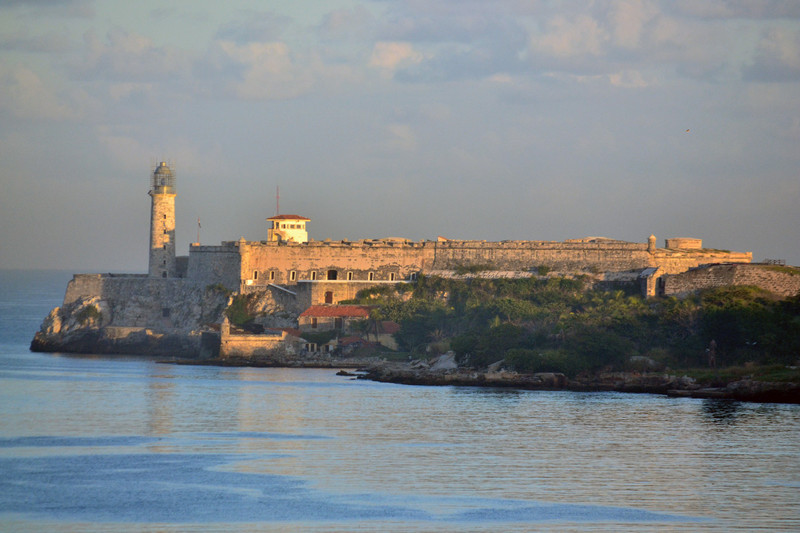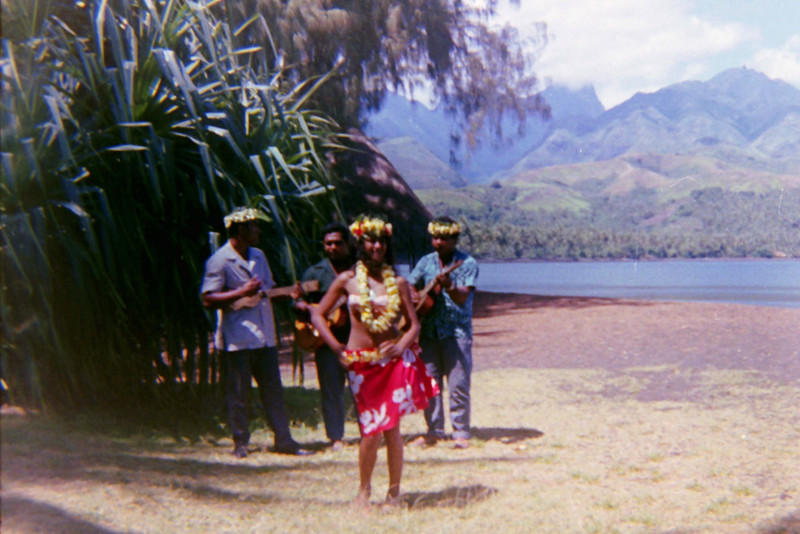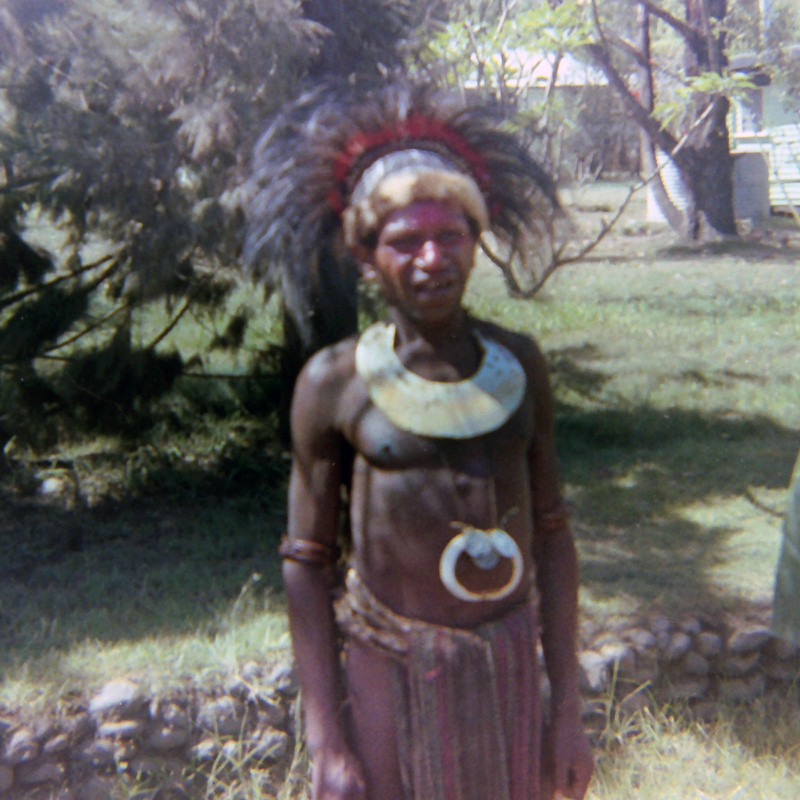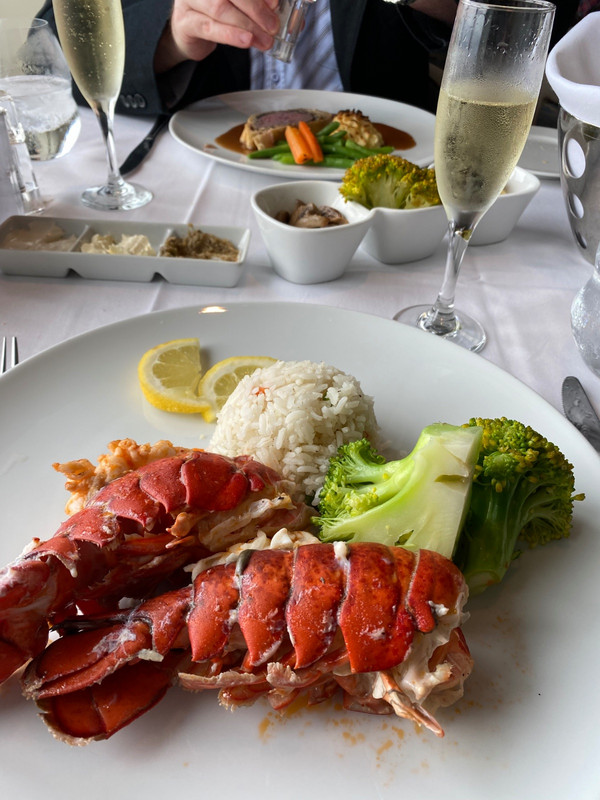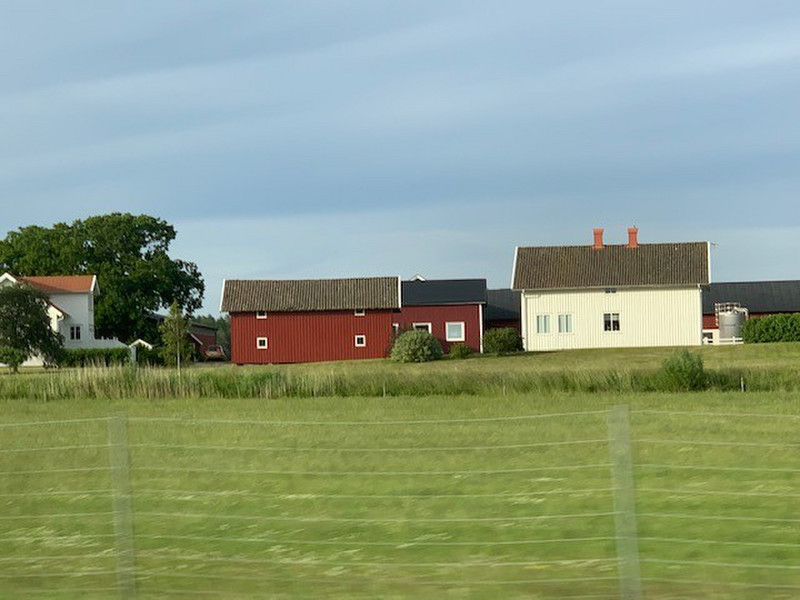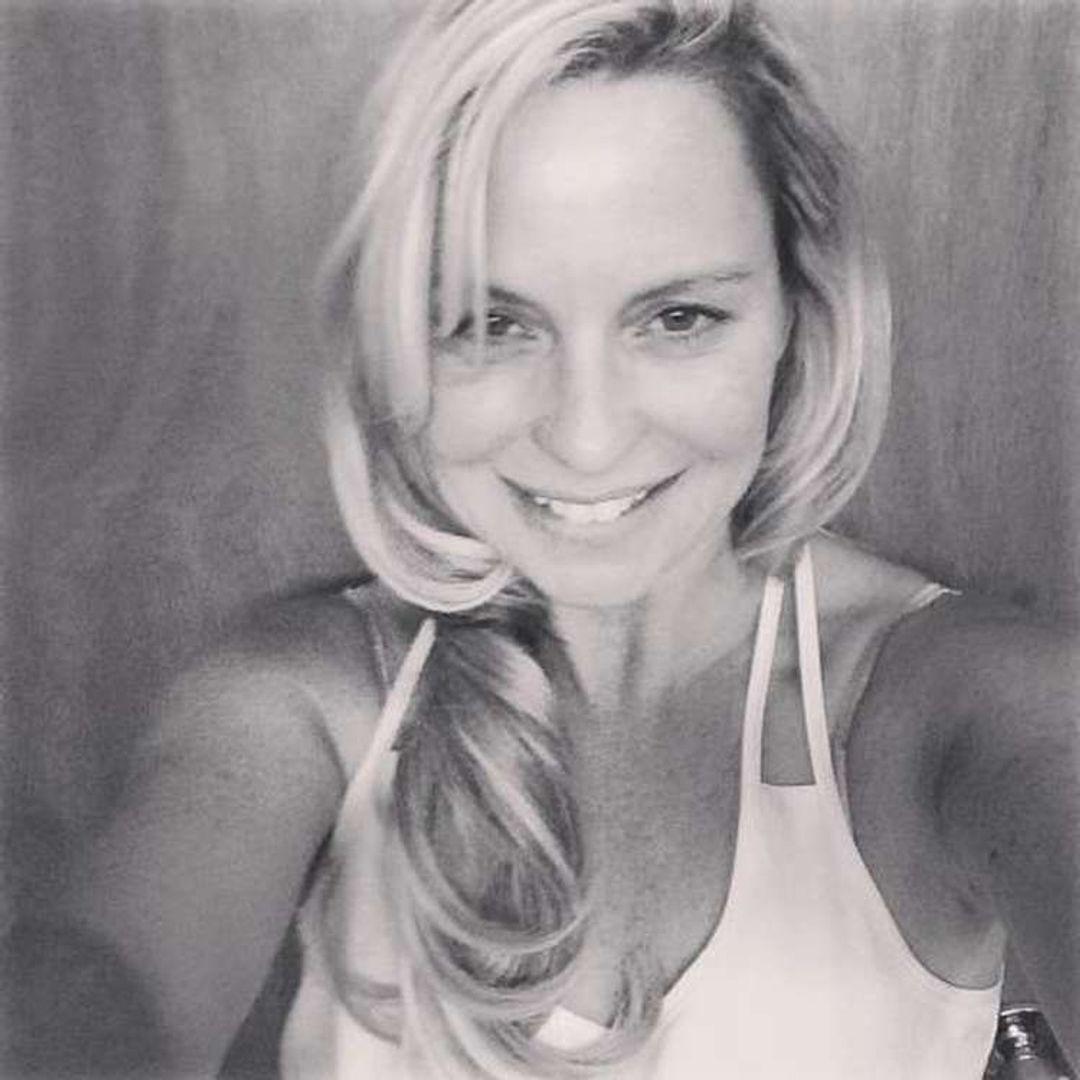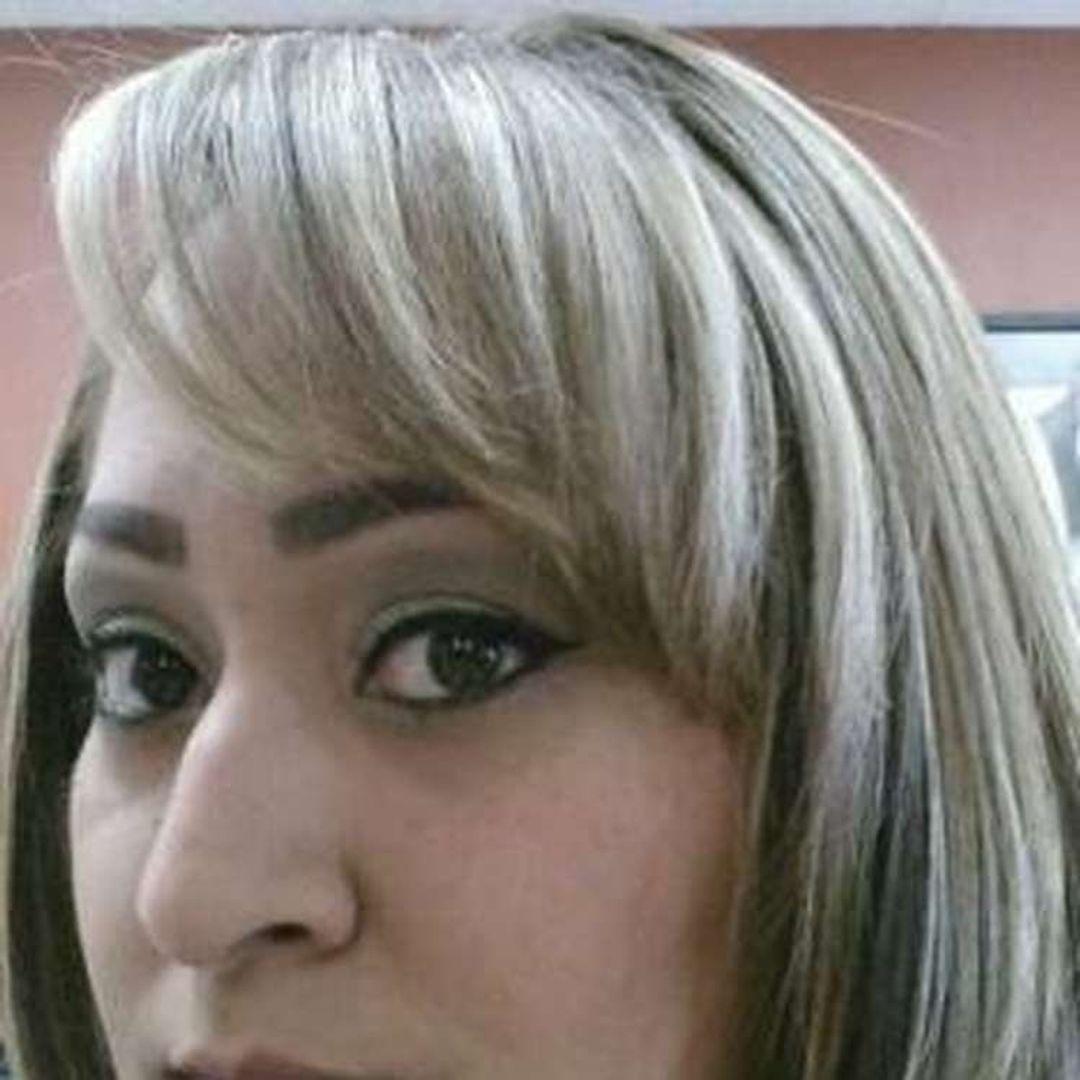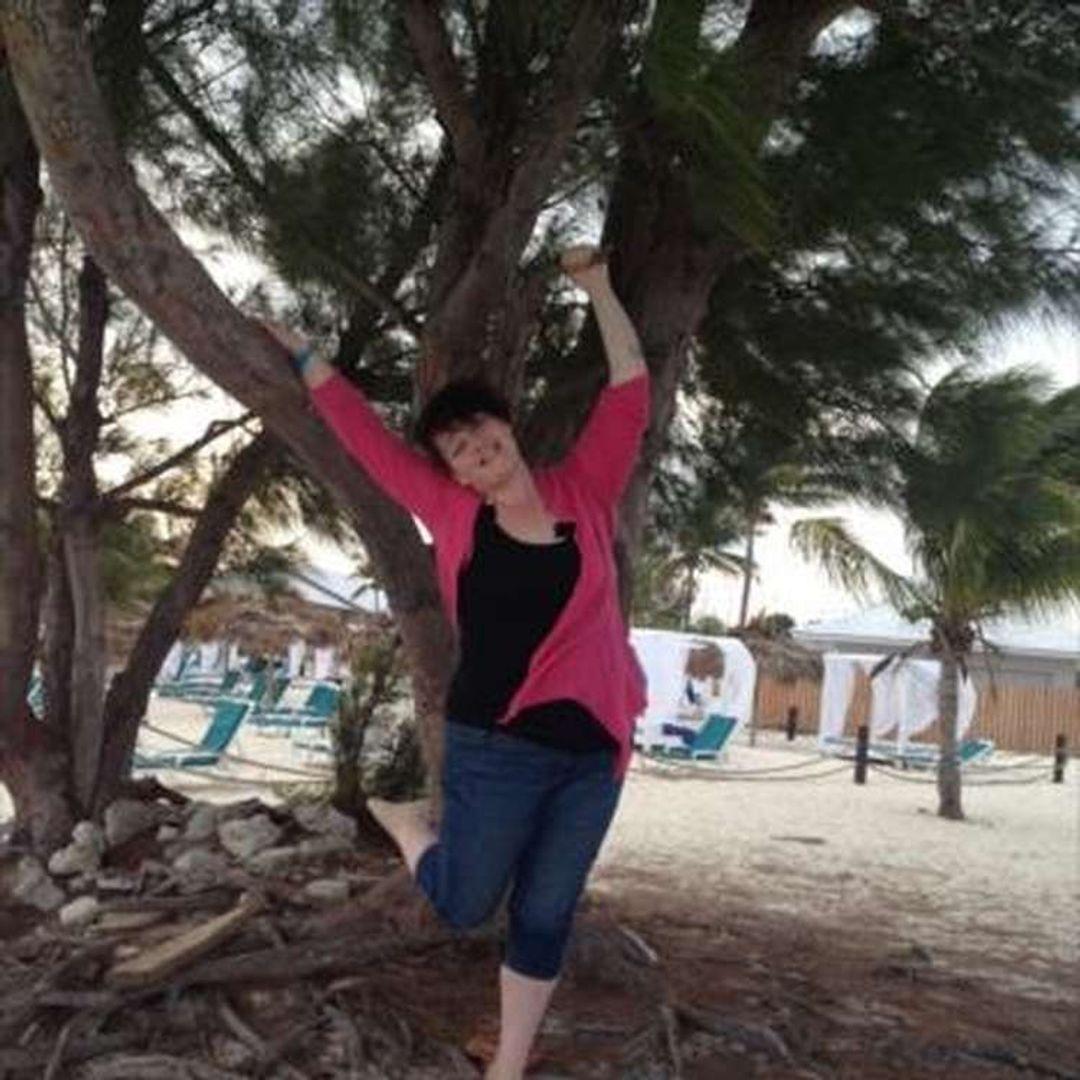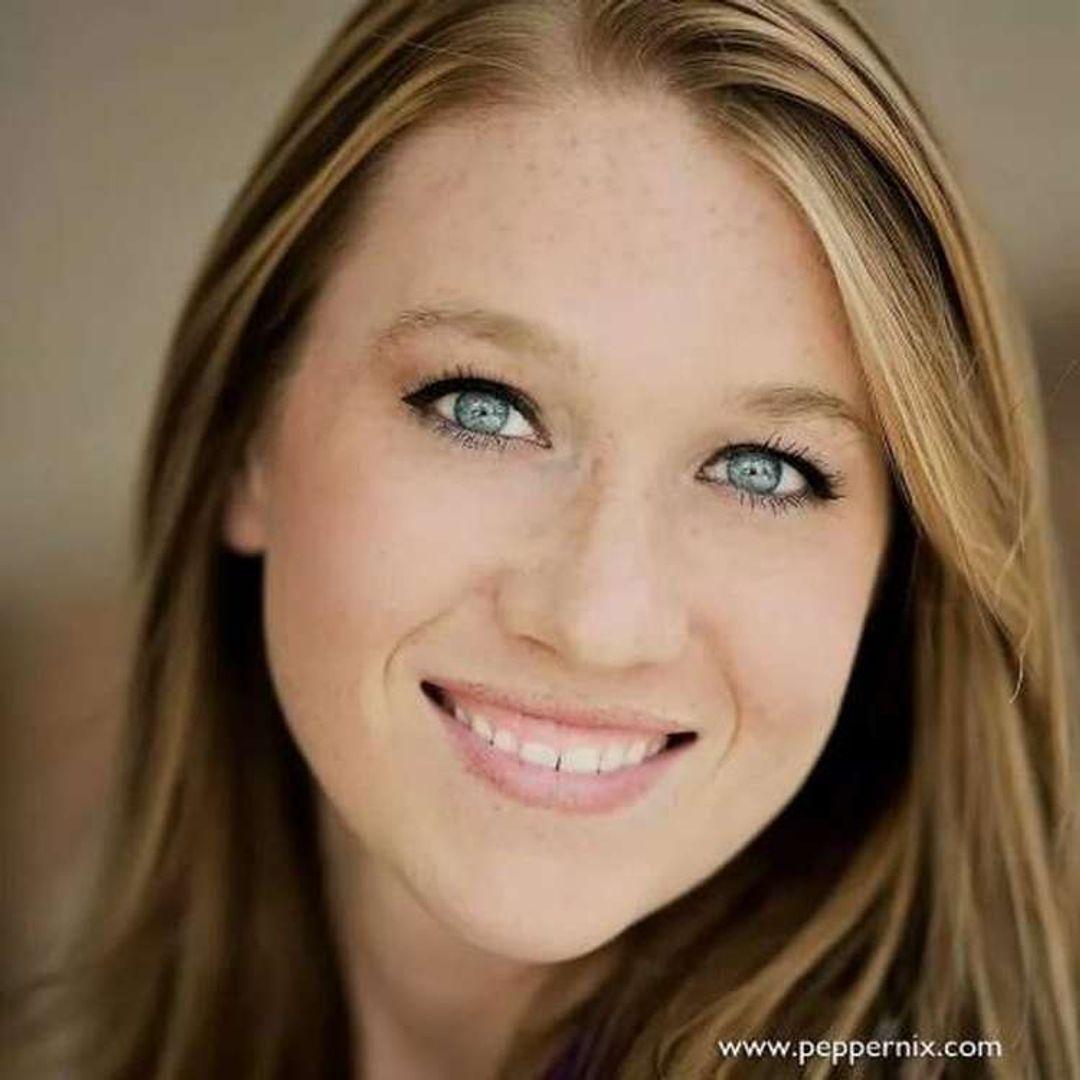Castillo de Los Tres Reyes del Morro (Morro Castle) at the entrance to Havana Harbour. At the tip is Faro del Morro lighthouse, built in 1844. On the opposite side of the channel is the more imposing Morro Castle (Castillo del Morro), which was constructed in 1597 and is partly hewn out of the living rock. It played and important part in the siege of 1908. Part of Old Havana and its Fortification System UNESCO World Heritage site, inscribed in 1982. DSC_1048p1
At 7:30 in the morning on Thursday, we looked out of our cabin window to find Carnival Paradise gliding past Fortaleza de San Carlos de la Cabaa. The fortifications looming above the ship indicated we had entered Havana harbour! Cuba! It had been difficult for Americans to visit here since the imposition of the embargo in 1961. Now we would see at least Havana first hand.
The ship docked at Sierra Maestra Terminal San Francisco, the Havana Cruise Ship Terminal. The three adjacent passenger ship wharves had been built in by the Havana Docks Company. In 1996, Muelle San Francisco was modernized as a contemporary cruise terminal. However, there are only two berths, which means only two cruise ships may dock at any one time, and ones of moderate size at that. (There are plans to upgrade the other two wharves. They could be seen to be in a state of disrepair.)
Out on deck there was a fabulous view along the waterfront and towards Castillo del Morro. Ferries were plying the harbour between the waterfront promenade, Casablanca and Regla. Passport control was reminiscent of the queue in St. Petersburg in 2016. (One position here abruptly shut down
with people left waiting in line.) Once past the passport booth, we exchanged dollars for CUCs at the currency desk. The CUC (convertible peso) is the tourist money, though Cubans like to collect these as much as US dollars. Both can be used to buy foreign goods or on trips abroad if they are able to go. Downstairs, Carnival shore excursions were assembling. We found ours, Havanas Top Ten, and boarded the motorcoach. Under the Cuba travel rules for Americans set by the US Department of State, American visitors had to participate in a people to people contact. Our shore excursion would include that experience.
As the motorcoach set out along Avenida del Puerto, our guide introduced himself. He had a university degree science. But he, along with many other Cuban professionals, had turned to the tourism industry to earn more money. He said he could earn as much money in a day (that would include tips) as a guide as he would in a month in the information technology field. Speaking of IT, he also said that Cubans were very interested in what was going on in the world and in contemporary entertainment shows. They commonly
Fortaleza de San Carlos de la Cabaa. The Curtain wall - La Cortina overlooks the channel leading to Havana harbour. Built in in response the the British attack of 1762. To the S.E., flanking the ship channel, is the enormous fort known as the 1909 Part of Old Havana and its Fortification System UNESCO World Heritage site, inscribed in 1982. DSC_0004p1
get this through the paqueta. The guide further explained that someone with Internet access will download news sources and popular televisions shows and collect them on a shareable device. Individuals or groups will subscribed to the weekly paqueta and pass them along subscriber to subscriber. Residents of an apartment building might then watch the content on flat screen TV perhaps purchased in Mexico or Panama. Cubans were so up to date, they were waiting for the final season of Game of Thrones.
By this time, we were driving along the Malecn, the famous promenade along the Baha de La Habana. On the seawall side of the Malecn, people were strolling or fishing.
